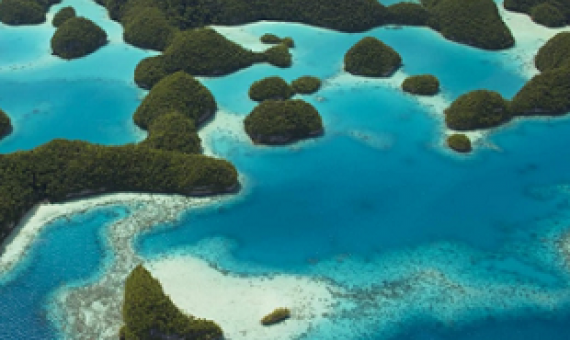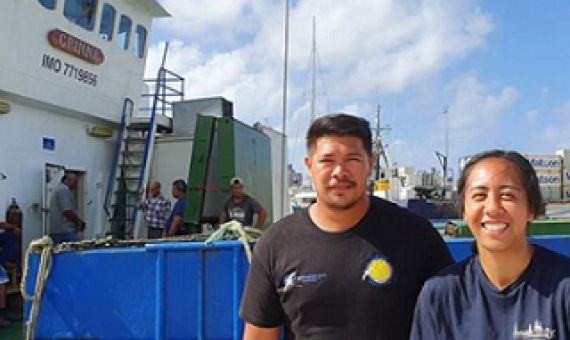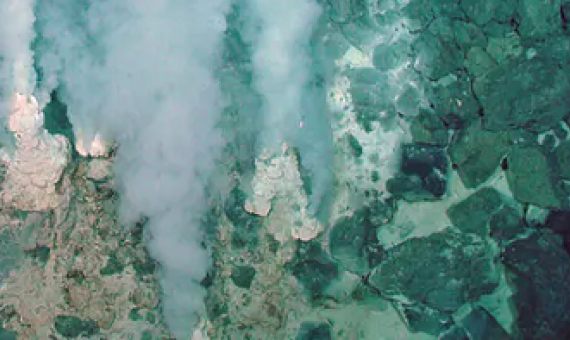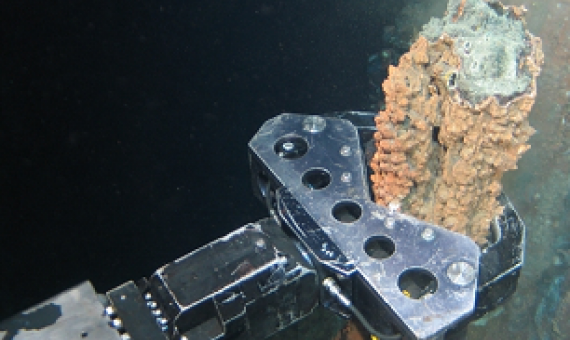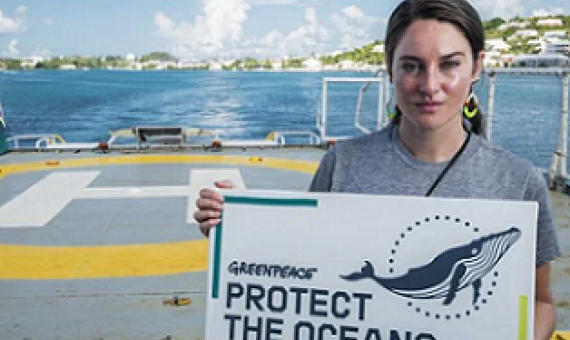Palau's Organizing Committee for the Our Ocean 2020 is partnering with the United Nations Office for Project Services (UNOPS) in the planning for the biggest regional conference the country is going to host...the Organizing Committee along with the UNOPS will also develop an official website
For the first time since the 1980s Cook Islanders will be taking part in deep sea research activity in our own exclusive economic zone waters...This is the first survey of our deep sea since a 1985-2005 scientific survey where the Cook Islands waters were included and surveyed as part of deep sea
Scientists have explored less than one per cent of the deep sea. We know neither the extent of the habitats targeted by mining nor how the ecosystems will respond to it.
The Assistant Minister for Waste Reduction and Environmental Management, Trevor Evans MP, was today in Samoa to meet with representatives from 21 Pacific Island Nations, New Zealand, the United States, France and the United Kingdom to discuss the key environmental issues facing the region.
How MPAs Safeguard the High Seas
The high seas begin 200 nautical miles from coastal shores, beyond the jurisdiction of any country. Their vast expanse and distance from shore pose challenges for exploration and knowledge gathering. However, scientific expeditions in recent years have revealed that these areas, which make up nearly two-thirds of the world’s ocean, harbor an incredible array of species that provide essential services for life on Earth.
262 Voyages Beneath the Sea: a global assessment of macro- and megafaunal biodiversity and research effort at deep-sea hydrothermal vents
For over 40 years, hydrothermal vents and the communities that thrive on them have been a source of profound discovery for deep-sea ecologists. These ecosystems are found throughout the world on active plate margins as well as other geologically active features. In addition to their ecologic interest, hydrothermal vent fields are comprised of metallic ores, sparking a nascent industry that aims to mine these metal-rich deposits for their mineral wealth.
High-seas fish biodiversity is slipping through the governance net
States at the United Nations have begun negotiating a new treaty to strengthen the legal regime for marine biodiversity in areas beyond national jurisdiction. Failure to ensure the full scope of fish biodiversity is covered could result in thousands of species continuing to slip through the cracks of a fragmented global ocean governance framework.
The former governor of Papua New Guinea's Madang province, Sir Arnold Amet, has renewed his call for the government to cancel sea bed mining licenses.This comes as Canadian miner Nautilus, in which the PNG government has a 15 percent stake, is fighting through the courts for its economic survival
The third session of negotiations on the preservation of marine biodiversity in the high seas, held under a UN Intergovernmental Conference, ended in New York on 30 August. However, negotiations only resulted in a framework for a future treaty.
Our seas are in deep, deep trouble. They house an extraordinarily diverse eco-system of marine life, and are crucial to the well being of land-based ecosystems. And as of this moment, they may as well be the Wild West for corporations and governments to pillage as they please.

